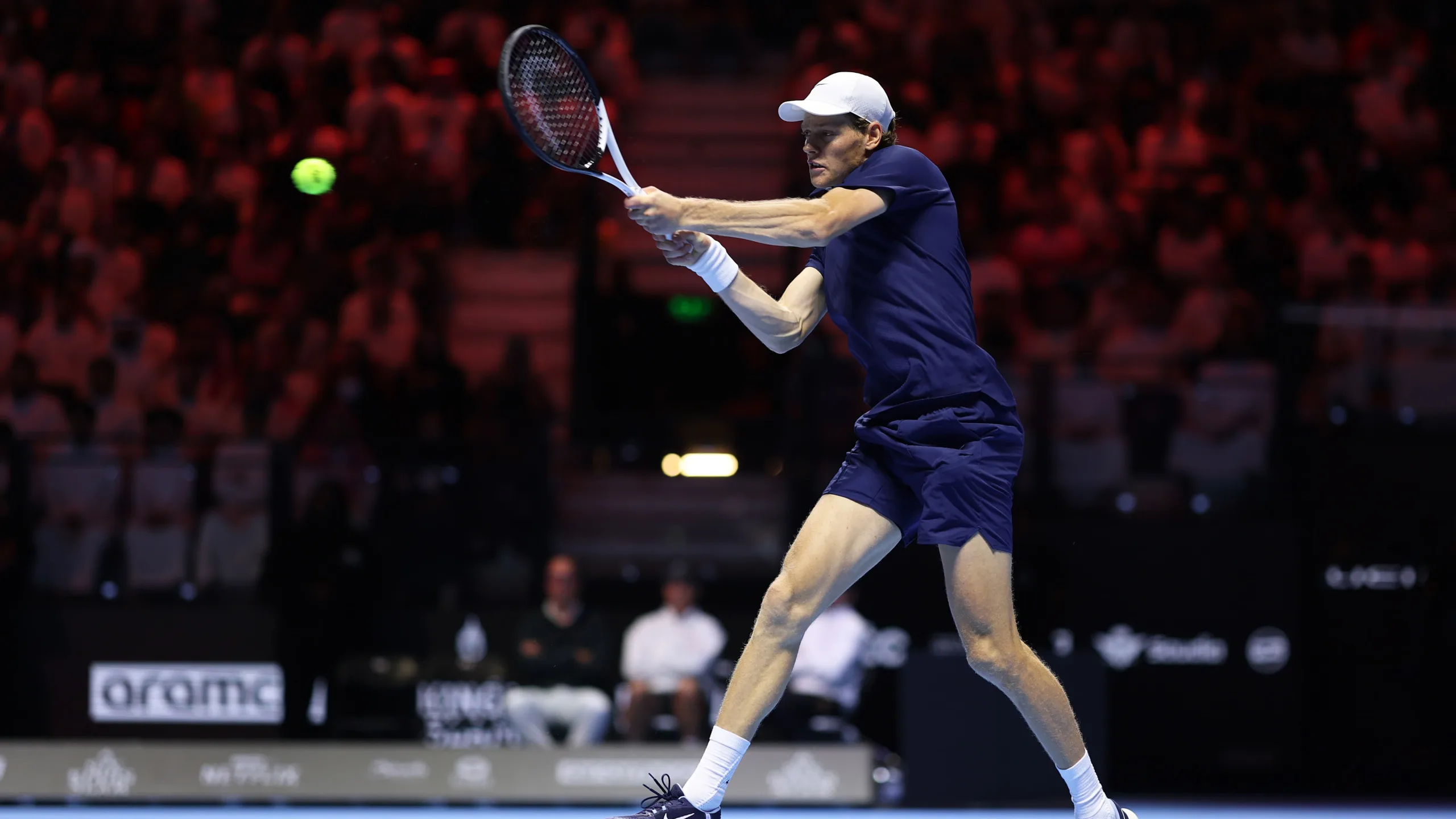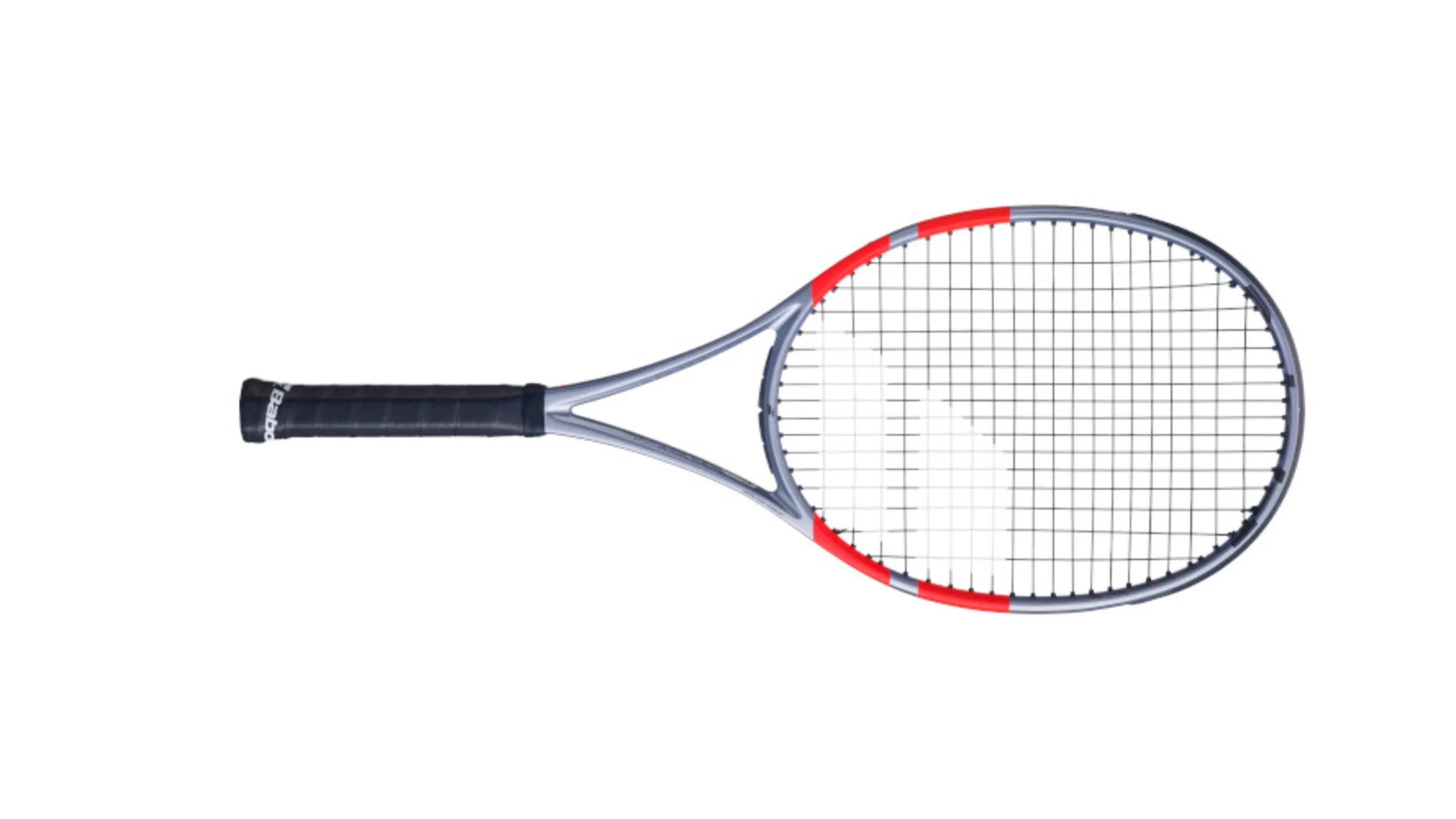Equipment Tennis Coaching
What creates a ‘heavy’ tennis shot? Explaining weight, spin and swingweight
Heavy ball comes from speed plus spin; weight and swingweight determine how the ball feels. Key now.

A reader asked whether lighter “tweener” frames around 300 grams can be the most powerful, and why testers sometimes note a different, “heavy penetrating” quality from heavier racquets. The question highlights a useful distinction: a heavy ball is not only about raw pace. It is a shot that combines speed and topspin so the ball feels to the opponent as if it carries extra mass, making it harder to redirect.
Producing that sensation requires two linked elements: high racquet head speed to whip the face through contact and stringing that maximizes spin. Polyester strings and a fast accelerating swing let the ball bite into the stringbed and come off with rotation and velocity. Basic physics also explains part of the story: force equals mass times acceleration. All else equal, a heavier frame swung at the same speed will transfer more force to the ball, though frame stiffness and weight distribution alter that simple assumption.
“It may not seem like much, but for some players an extra five grams placed toward the top of the frame can feel like strapping a piano to the racquet’s back.” Players accustomed to 315 grams or heavier unstrung often report that a 300 gram model feels whippier and underpowered. Their standard swing depends on mass carrying through contact; a lighter tool forces them to swing faster or change mechanics. That can produce timing problems and reduced penetration, so adding mass to a frame is often a simpler route than radically altering stroke speed. Hence the old coaching maxim of using the heaviest racquet you can comfortably swing.
At the same time, many heavier frames are designed for control and precision: thinner beams, smaller heads and more flexibility, which can reduce inherent power outside the sweet spot. Conversely, lighter, stiff tweener frames can feel more powerful and forgiving for players who need help generating pace.
Yes, you can deliver a heavy ball with a lighter racquet. The key metric now is swingweight — balancing rapid acceleration with enough heft so speed and topspin combine to make the shot feel heavy.
ATP Equipment Player News
Sinner Returns to the Slopes for Gucci Altitude Campaign
Sinner returns to skiing for Gucci Altitude, blending performance gear and high fashion. Milan 2026.

Jannik Sinner has revisited the mountains that shaped his early athletic life as the face of Gucci Altitude, the fashion house’s first winter sportswear collection. The campaign pairs Gucci’s signature styling with performance equipment from Head, arriving ahead of the Milan-Cortina Winter Olympics in February 2026.
For the shoot, Sinner wore a snow jacket printed with Gucci’s monogram and used a helmet and ski set accented by the brand’s Web stripe, gear developed in collaboration with Head. The partnership between the two companies is familiar territory for the athlete; Gucci and Head previously worked together on Sinner’s signature white duffel bag.
“It was a very special and unique shoot in the heart of the mountains. I have always loved the mountains and this shoot took place in an incredible setting,” the Italian tells GQ. “Gucci comes up with amazing ideas every time, but in this case it was something really magical, an experience I will never forget.”
No stunt double was required. Sinner has skied since age 3 and was raised in South Tyrol in the Dolomites, where his parents worked at a ski resort. He showed early promise on snow, winning a Junior National Championship in Giant Slalom at age 7 and finishing runner-up nationally at 11. He gave up skiing for tennis at 13 and went on to reach the summit of his sport.
“I was winning a lot when I was young in skiing, and in tennis I never won,” he told Vogue in 2024. “And then slowly I started to lose in skiing, because physically I was not ready to compete. I was always quite skinny and everything.
“The reason why I chose tennis was, in tennis you can make mistakes. You can lose points, but you can still win the match. In skiing, if you make one mistake, one big mistake, you cannot win.”
A global ambassador for Gucci since 2022, Sinner has appeared in several of the brand’s campaigns, including “Gucci is a feeling” and last year’s holiday campaign. On the court he has become one of the game’s leading figures: a four-time Grand Slam champion and two-time Davis Cup winner.
© Instagram @janniksin
Equipment Tennis Coaching
Six underrated racquets that combine thoughtful design with dependable performance
Six overlooked racquets that share high-end design traits and deliver controlled, usable performances.

Manufacturers often reserve the loudest marketing for a few headline models. Here are six lesser-promoted racquets that borrow much of the same DNA and deliver useful performance for players who value control, feel and playability.
Babolat Pure Strike 100 (16×20)
This entry to the Pure Strike line favors temperate response over raw power. A conservative string pattern, a low RA rating (61) and a light swingweight (319) give it a softer, classic feel that differs from typical Babolat models. It is plush and accurate for strategic all-court players, though more advanced hitters may add weight to generate and handle heavier shots. The frame is presented in a sharp carbon grey cosmetic.
Dunlop CX 400 Tour
Despite the Tour label and control positioning, this frame is approachable. It produces pace and depth with modest effort while offering greater command than many similarly spec’d racquets. The balance of firm yet comfortable response and well-rounded playability lets players attack from all areas of the court. Power and spin are slightly restrained compared with some rivals, and a limited-edition cosmetic nods to the classic Max 200G.
Tecnifibre T-Fight 300
A new spec in the T-Fight family, the 300 pairs a 100 square-inch head with a 300g weight. The racquet is lively and highly maneuverable, with foam filling in the frame creating a crisp, clean feel at contact. It offers more assistance than a pure control frame without becoming overpowering. The constant beam is not overly stiff or thick, and the model is available in standard white or a special blue “ID” colorway.
Volkl Vostra V9 (305g)
The new Vostra V9 mold sits between the V8 and V10 lines. An extra cross string and a thinner beam increase control and versatility relative to the V8, while a larger head size and slightly thicker beam make it more user friendly than the V10. The result is a predictable, forgiving frame that provides enough pop to finish points or escape trouble without becoming hard to manage.
Wilson RF 01
Though Roger Federer is associated with the RF 01 Pro, the lighter RF 01 has broader appeal. Federer’s design emphasis on rapid acceleration shows in the tapered beam that helps generate pace and spin from a conservatively spaced string bed and a relatively small sweet spot. Directional control and feel on clean contact are strong, and the racquet excels when played on the front foot by experienced, all-court players.
Yonex EZONE 98 Tour
The EZONE 98 Tour appears on this list by name as another under-the-radar option worth noting.
Equipment Uncategorized
Solinco Blackout 300 v2 Review: Foam-Filled Stability and a Sharper, More Predictable Ride
Solinco’s Blackout 300 v2 refines stability and feel with foam core, Arch-2 layup and weight plates.

The Blackout 300 v2 is a focused update that smooths and stabilizes Solinco’s power-oriented design without dulling its bite. The head is filled with a PU-density foam called Foam Tech Core to reduce vibration and sharpen impact feel, while a new Arch-2 Construction carbon fiber layup stiffens the frame’s composure at higher ball speeds. The frame also adopts a Tiger Camo paint job inspired by gaming skins. Returning elements include 40T Carbon Fiber, Liquid Crystal Technology and the Weight Control Module with interchangeable 5-gram and 10-gram butt-cap plates to dial weight and balance.
Construction changes yield a more dependable, player-friendly experience. A reduction in frame stiffness tempers peak power, so serves and groundstrokes require a touch more effort to reach top velocity, but the tradeoff is greater command and fewer runaway errors. There remains a healthy energy transfer into shots, yet the overall package encourages controlled aggression. “Power? Yep. Spin? Yep. Easy to pick up and play? Yep. An excellent stick—right down to the paint job.”Tester Comment
Foam injected throughout the thicker beam gives the Blackout a richer sound and a more connected feel at impact, a treatment more commonly found in thinner, control-oriented models like Solinco’s Whiteout. That internal damping, combined with the softer flex, raises comfort and helps address arm-abuse concerns while preserving a firm playing character. Despite the foam, static weight, swingweight and balance remain essentially unchanged, and the racquet keeps a relatively head-light balance that aids defense and quick reactions.
The open 16×19 pattern pairs well with a shaped poly such as Solinco’s Hyper-G, making spin generation straightforward. Arch-2 Construction improves steadiness on heavy incoming balls, helping returns sit up with pace and direction rather than buckling. The Bryan Brothers endorse the Blackout v2. Net play benefits from the frame’s stability and ability to redirect pace, while delicate slices and low mid-court chops reveal minor limitations in producing very fine touch.
-

 Analytics & StatsATPUS Open2 months ago
Analytics & StatsATPUS Open2 months agoSinner: Predictability Cost Me in US Open Final as Cahill Reveals Djokovic’s Counsel
-

 Analytics & StatsUS OpenWTA2 months ago
Analytics & StatsUS OpenWTA2 months agoAfter the US Open: Six WTA takeaways from the 2025 tournament
-

 Analytics & StatsFinalsWTA2 months ago
Analytics & StatsFinalsWTA2 months agoCan Iga Swiatek Overturn Aryna Sabalenka for 2025 Year-End No 1?







